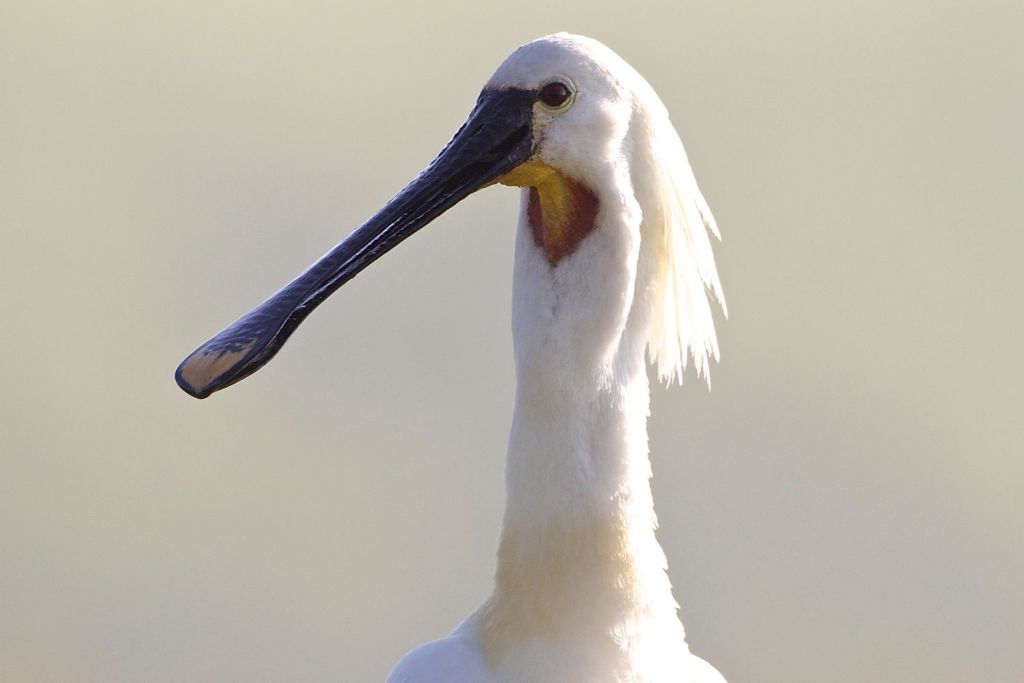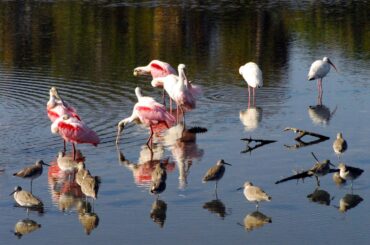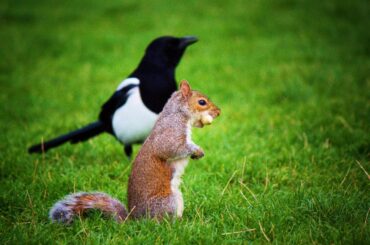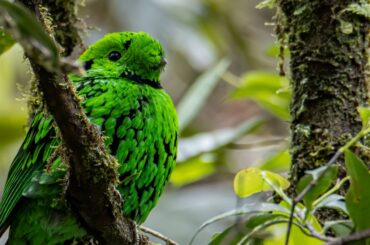Have you ever wondered why some birds sport beaks of various shapes and sizes? How exactly do these beaks aid birds in thriving in their natural habitats? A bird’s beak isn’t just for show; it’s nature’s precision tool for survival!

Bird beaks aren’t one-size-fits-all. They come in an incredible array of shapes and lengths, each serving a specific purpose. From probing for insects to cracking open seeds, a bird’s beak is a versatile instrument crucial for survival.
This article delves into the intricate world of bird beaks, discovering the marvels of nature’s design. Discover how birds have adapted to different settings using these beaks’ accuracy and versatility.
Top 28 Birds with the Longest Beaks
Birds have a great variety of traits designed to survive in varied habitats. One remarkable adaptation is the length of their beaks, which varies widely among species. Explore avian biology and locate the top 28 longest-beaked birds to see how versatile and important these creatures are.
Toucan
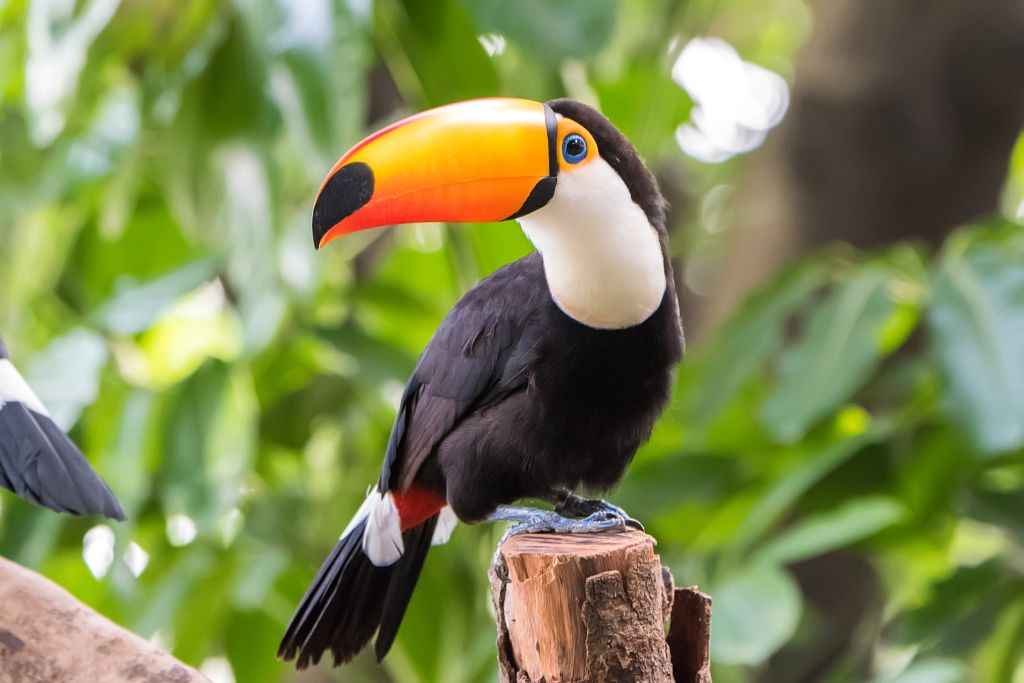
With its bright plumage and large bill, the toucan is an avian spectacle. They inhabit the lush rainforests of Central and South America. This charismatic bird’s bill can extend up to half its body size, a marvel of nature’s design.
Beyond its aesthetic appeal, the elongated beak is crucial in reaching fruits nestled high in the forest canopy. This long-billed bird can move quickly through dense foliage due to its lightweight construction. The ideal balance of practicality and beauty shows evolutionary adaptations’ cleverness.
Spoonbill
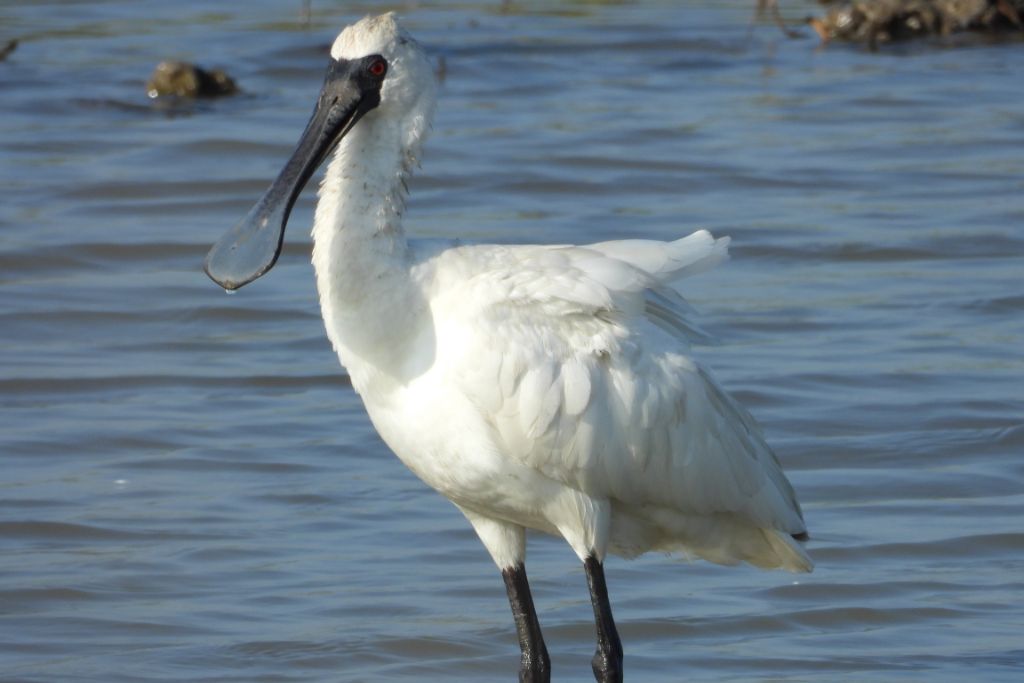
It is characterized by its distinctive spoon-shaped bill and captivating pink plumage. It graces wetlands and coastal areas across the Americas, Europe, Africa, and Asia. The unique spoon-shaped beak, while visually striking, is a specialized tool for scooping up small aquatic creatures from shallow waters.
This adaptation shows the bird’s tolerance to watery settings and its form-function relationship. The spoonbill’s graceful appearance and magnificent bill show how nature’s beauty is enhanced by physical traits.
Sword-Billed Hummingbird
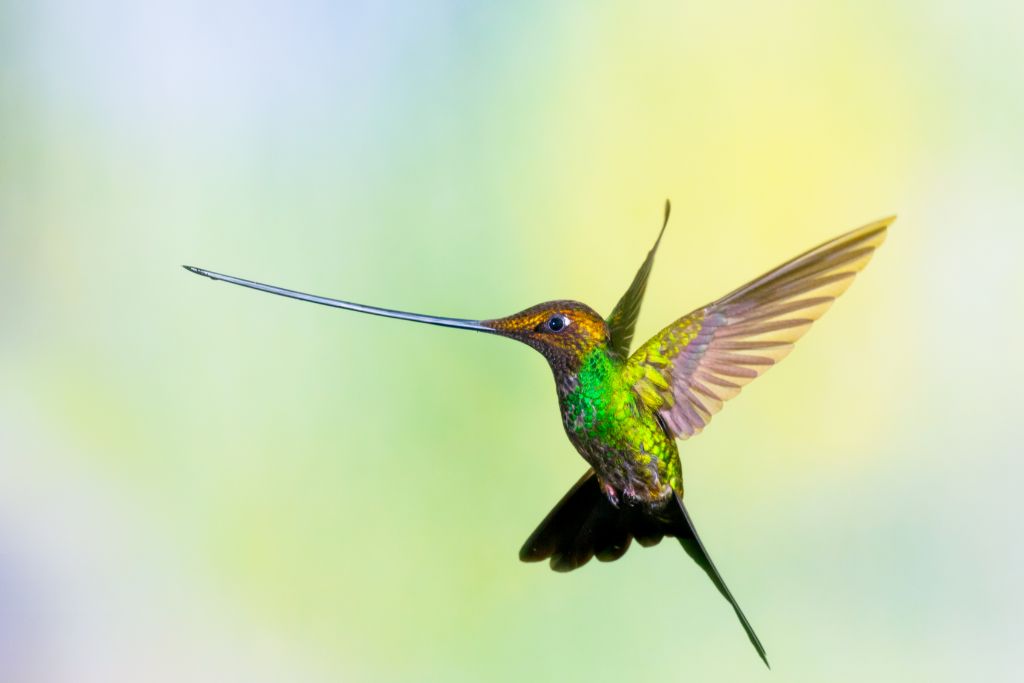
In the high-altitude regions of South America, the sword-billed hummingbird mesmerizes with its unique appearance. True to its name, this hummingbird boasts a slender beak that can exceed its body length, resembling a delicate sword.
Beyond its beauty, the elongated beak helps hummingbirds reach deep within tubular blooms to find nectar other species cannot. Sword-billed hummingbird’s extraordinary adaptations demonstrate evolution’s accuracy in creating complex survival tools.
Long-Billed Curlew
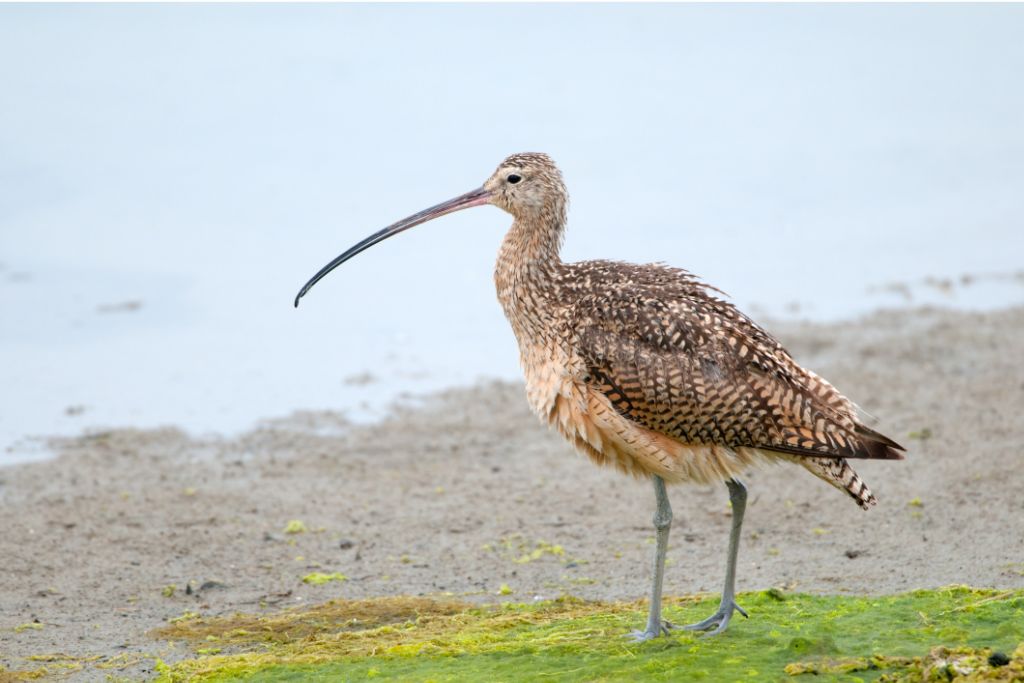
The long-billed curlew, a majestic shorebird, is easily identifiable by its slender, elongated bill that can reach lengths equal to its body size. These curlews use their precise beaks to forage in North America’s coastal and inland regions.
Central to the curlew’s identity is its 8- to 10-inch, down-curved bill, a specialized tool for probing mud and soil to extract worms, insects, and small crustaceans. This unique adaptation enables it to access buried prey beyond the reach of other shorebirds. During foraging, the curlew employs a sweeping motion, covering a wide area to locate hidden prey.
Bald Eagle
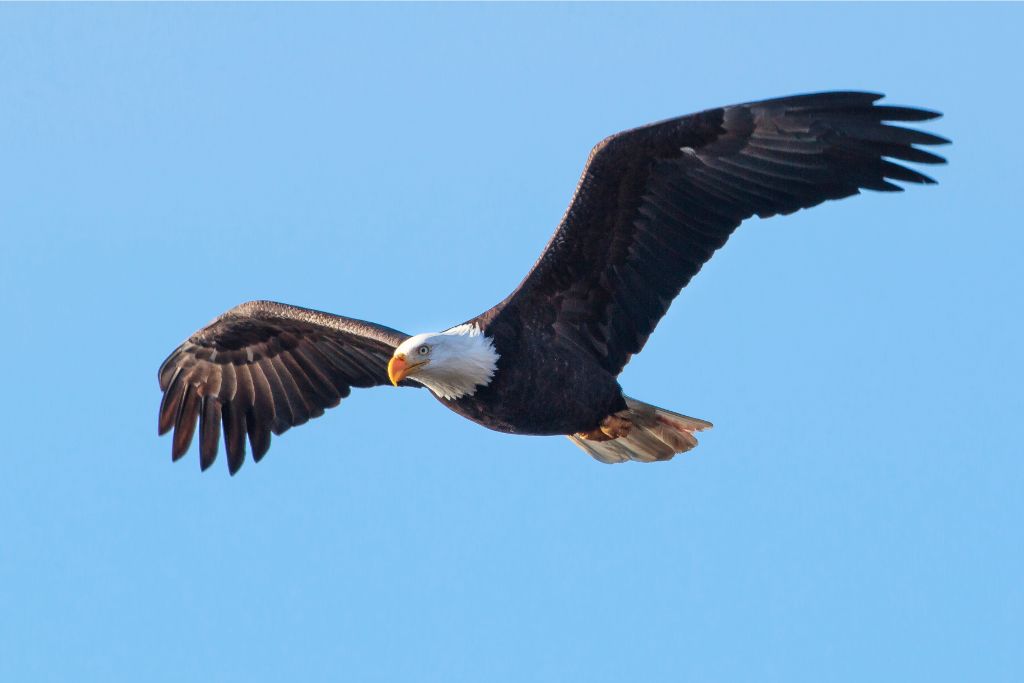
The bald eagle, an emblem of strength and majesty, possesses a sharp and formidable beak. This iconic bird of prey, found in coastal, lake, and river settings across North America, uses its hard beak to tear into fish.
Beyond its hunting prowess, the bald eagle’s beak is multifaceted in nest building and territorial maintenance. Watching the bald eagle soar with its beak at the ready is a powerful reminder of nature’s delicate balance between form and function.
Kiwi
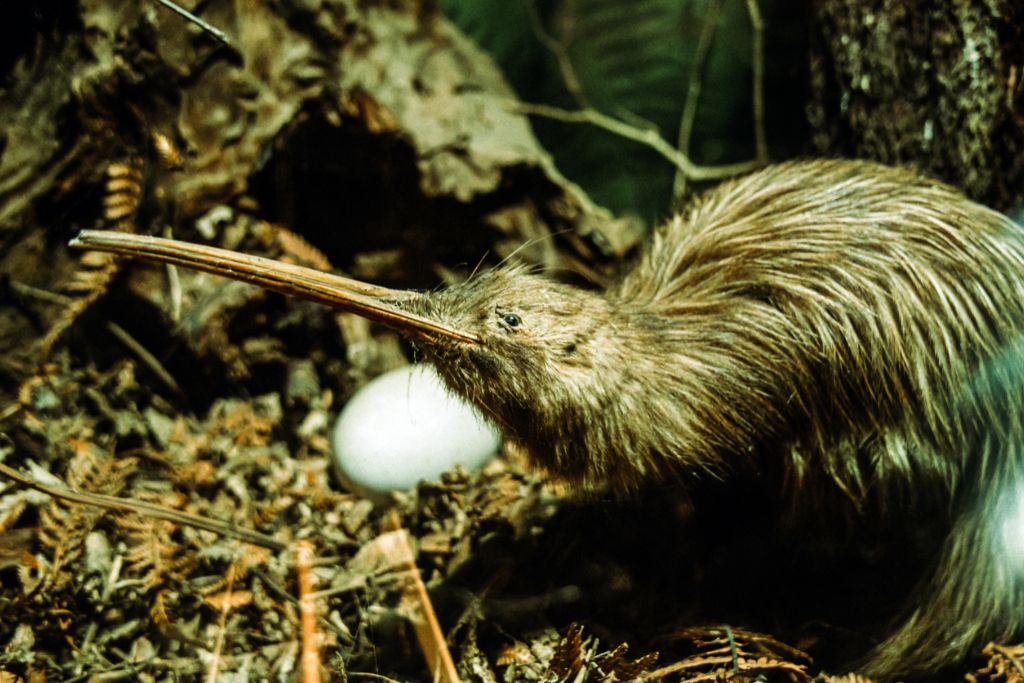
The kiwi is a unique flightless bird, native to New Zealand. Its distinctive appearance is characterized by its small size, round body and long, slender beak. It is primarily found in forests and makes its homes in caves. The kiwi’s seemingly simple beak is a remarkable tool for probing the forest floor for insects and grubs.
Guided by a keen sense of smell, these birds employ their extended beaks to navigate the dark and leafy environment, showcasing a clever adaptation to their nocturnal lifestyle. The kiwi’s beak underscores the importance of specialized tools in facilitating survival in diverse ecological niches.
Flamingo

Graceful and vibrant, the flamingo is renowned for its long neck, distinctive pink plumage, and uniquely shaped beak. It flourishes in diverse habitats, from salt flats to lagoons across Africa, Asia, the Americas, and Europe. This bird boasts beaks with a distinct downward curve, specialized for filter-feeding.
Sweeping their beaks through the water, flamingos adeptly filter out algae, small fish, and crustaceans. A flock of birds filter-feeding together is a spectacle demonstrating their flexibility and intricate social interaction. The flamingo’s beak shows where form and function meet, revealing nature’s grace and efficiency.
Woodpecker
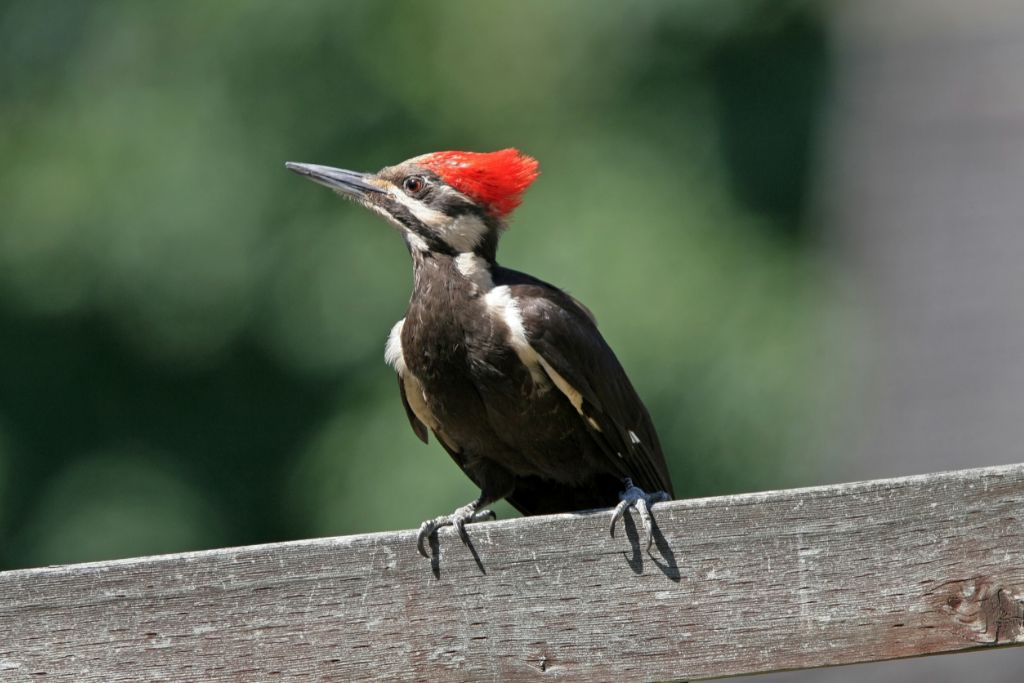
Thriving in woodlands and forests worldwide, the woodpecker stands out with its vibrant feathers and distinctive behavior. Sporting a stout, chisel-like beak, woodpeckers are well-equipped for their unique feeding habits.
Their beak serves as a dual-purpose tool, allowing woodpeckers to drum on trees to locate insects beneath the bark and to drill holes for nesting. The woodpecker’s ability to utilize its beak for food and communication shows the birds’ flexibility and nature’s creativity in giving these birds versatile equipment for their requirements.
Hummingbird
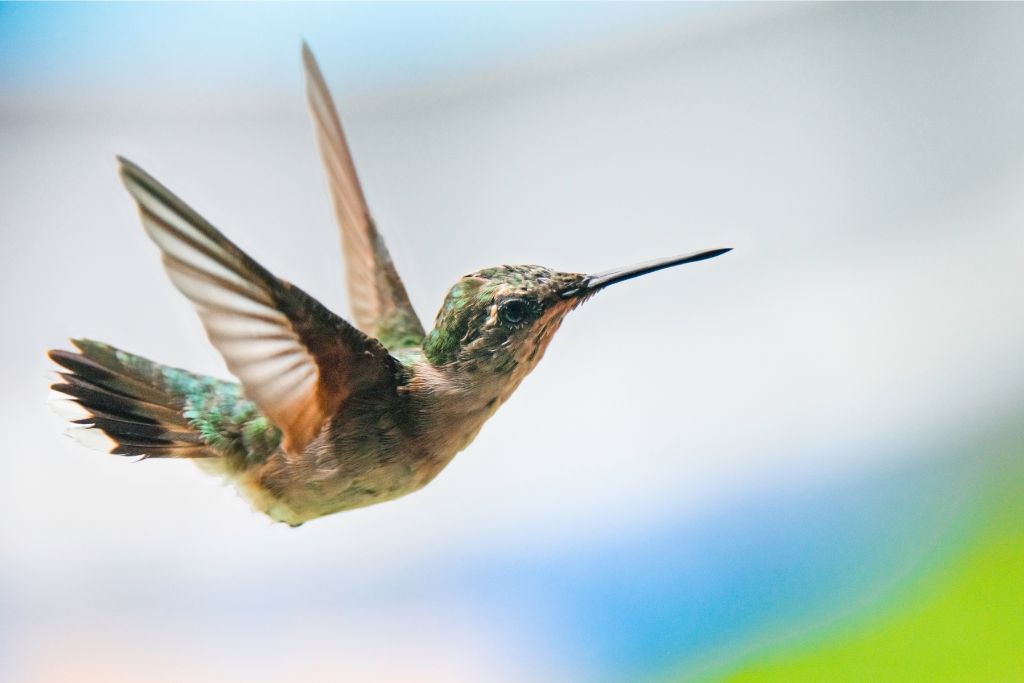
Sprinkled throughout the Americas, the hummingbird is a tiny marvel with iridescent feathers and a needle-like beak. They live in jungles and deserts and have long, slender beaks for obtaining nectar from flowers.
This showcases a remarkable coevolution with flowering plants. Hummingbirds use their unique beaks to reach deep within tubular blooms with incredible agility and precision when hovering. Their beaks help them survive and show how fauna shape the planet.
Seagull

Seagulls, ubiquitous along coastlines worldwide, have a distinctive appearance with white plumage and robust build. Their slightly hooked beaks are adapted for a varied diet, including fish, insects, and scavenged food.
The beak’s versatility allows seagulls to thrive in coastal environments where food sources are diverse. Its odd method of dropping mussels onto hard surfaces to crack them open shows their coastal adaptation.
Pelican
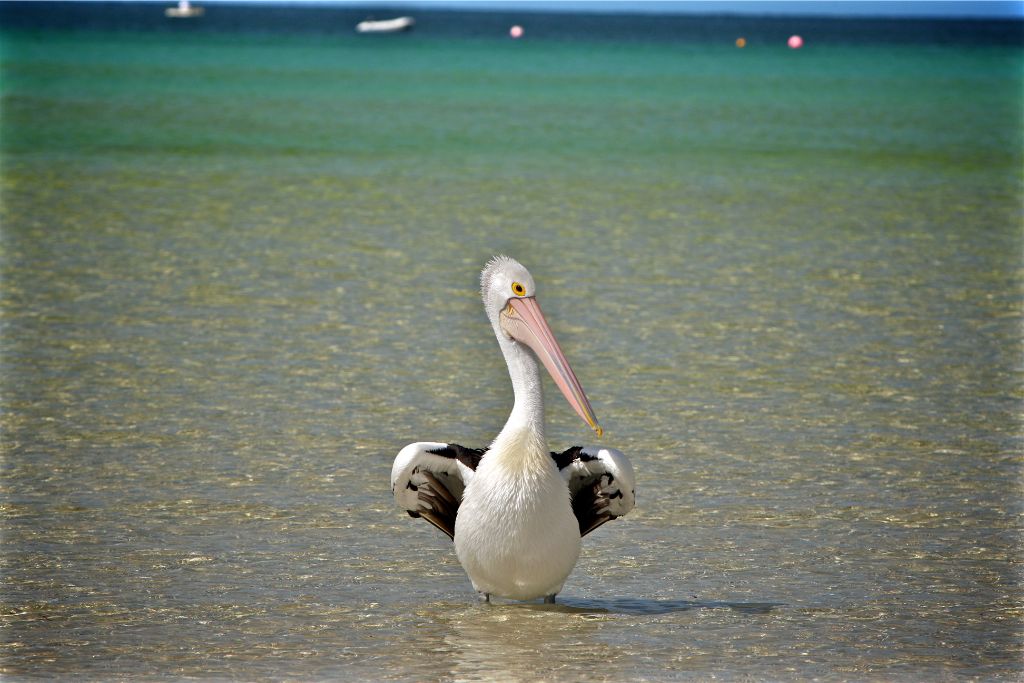
It has a wingspan that commands attention and a throat pouch that distinguishes it. The pelican is a regal figure near coastlines and expansive inland waters. Equipped with a broad and straight bill, the pelican has perfected catching fish.
Their specialized beak is designed with a unique functionality – to scoop up water and efficiently drain it, leaving the fish trapped inside. With its massive bill, the pelican plunge dives from the air, showing its energy and precision in feeding. The pelican’s beak, a masterpiece of adaptation, underscores the seamless integration of form and function in the natural world.
Kingfisher
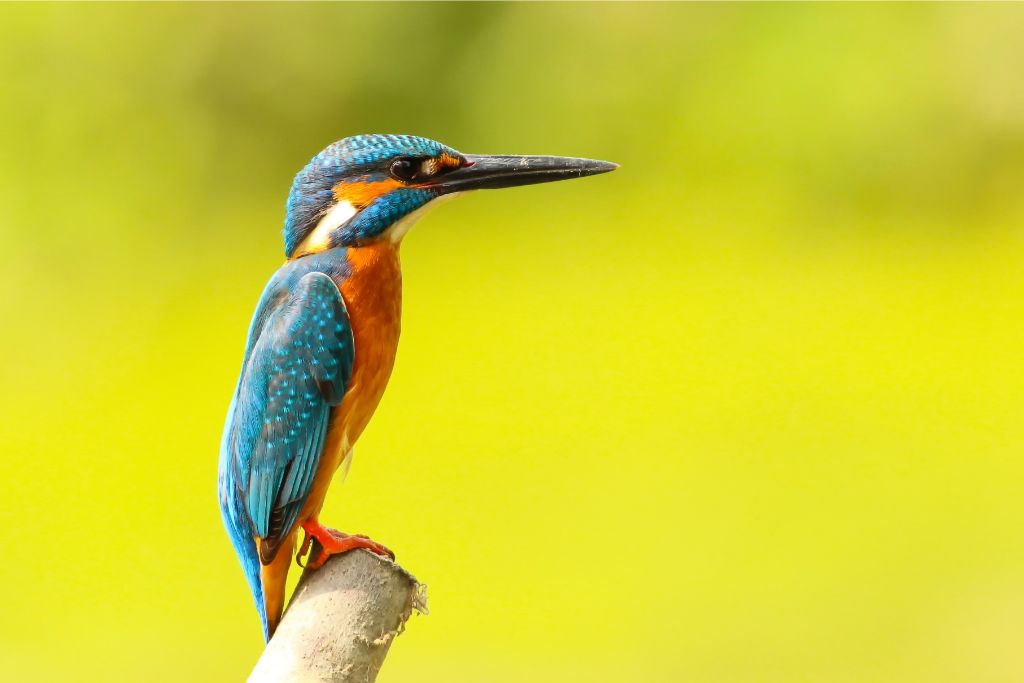
The kingfisher reigns as a colorful and agile bird near freshwater bodies worldwide. Adorned with vibrant plumage and boasting a short, stout beak, the kingfisher masters aquatic hunting. Birds with long, pointed beaks swiftly pierce the water’s surface, showcasing the bird’s remarkable skill in catching fish.
Due to its remarkable beak, the kingfisher can hover above the water and dive accurately. The kingfisher’s beak is a finely tuned instrument, highlighting the bird’s exceptional adaptability to its aquatic environment.
Wood Ibis
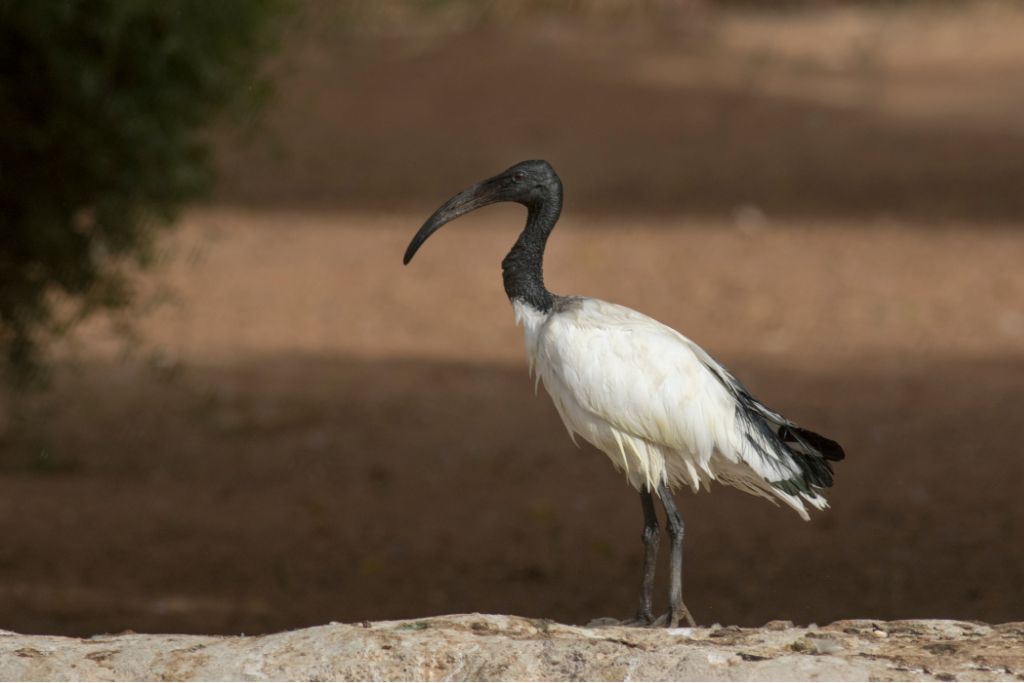
Graceful and distinctive, the wood ibis is adorned with a long, downward-curving bill that adds to its unique charm. Thriving in wetlands and marshes across the Americas, this bird’s beak is finely adapted for its aquatic lifestyle. The long, slender bill efficiently captures fish and insects in shallow waters.
With a careful wading motion, the wood ibis demonstrates the seamless integration of form and function. It showcases the importance of its specialized beak in securing sustenance.
Heron
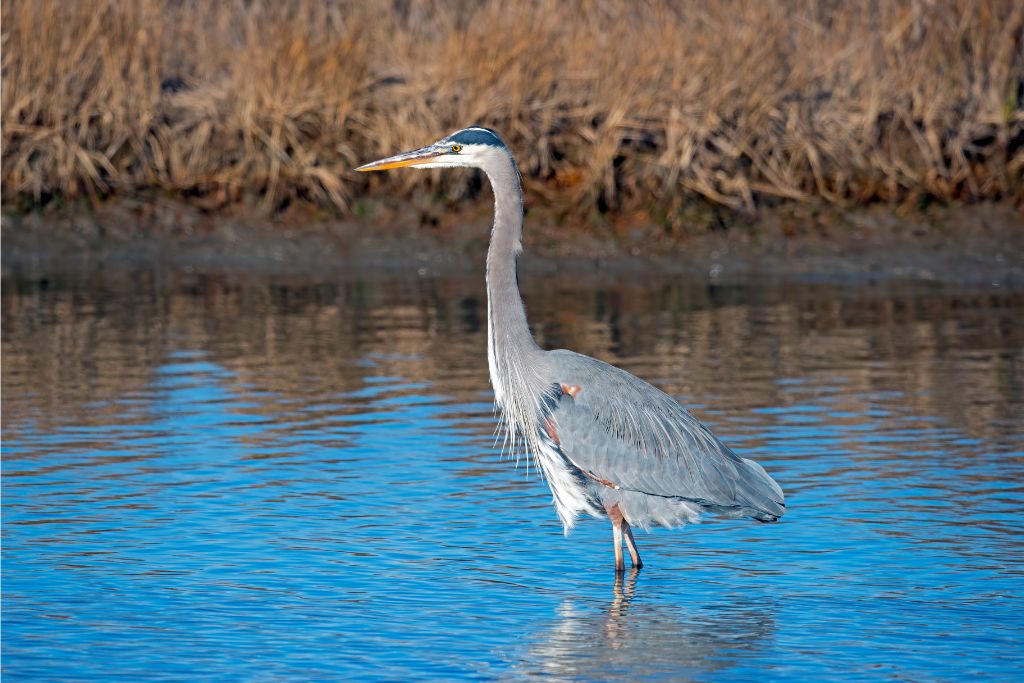
Herons are beautiful birds that often hang out in ponds and bodies of water. Their long legs and poised appearance make them look very elegant. The heron’s dagger-like beak is a unique tool used to catch many animals, such as fish, frogs, and insects.
Herons can hit quickly and accurately because of the length and shape of their beaks. This shows how patient and precise they are when they are hunting. The sneaky way a heron sneaks up on its prey and the quick strike of its beak are beautiful examples of how form and function work together in nature.
Sunbird
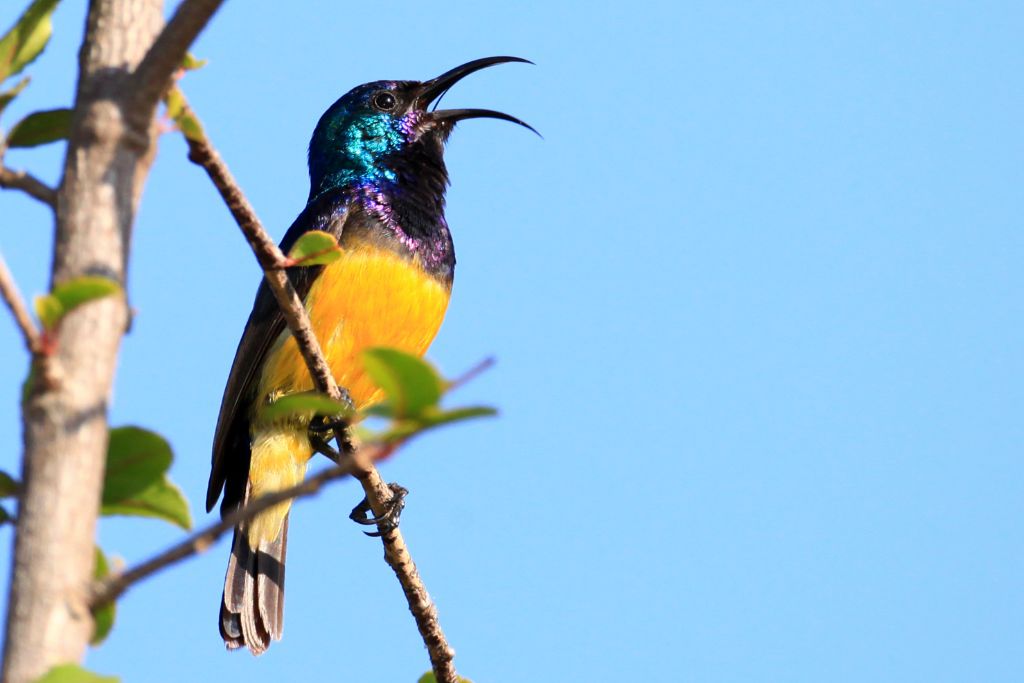
Sunbirds in Africa, Asia, and Australia are known for their iridescent plumage and long, slender bills. With their specialized beaks, sunbirds feed on nectar from flowers. This bird’s long beak allows them to reach nectar deep in flowers, demonstrating coevolution between birds and blooming plants.
They are also active pollinators, inadvertently transferring pollen between flowers as they feed, underlining their crucial role in the ecosystem. Sunbirds’ unique relationship with flowering plants contributes to the biodiversity of their habitats.
Jabiru
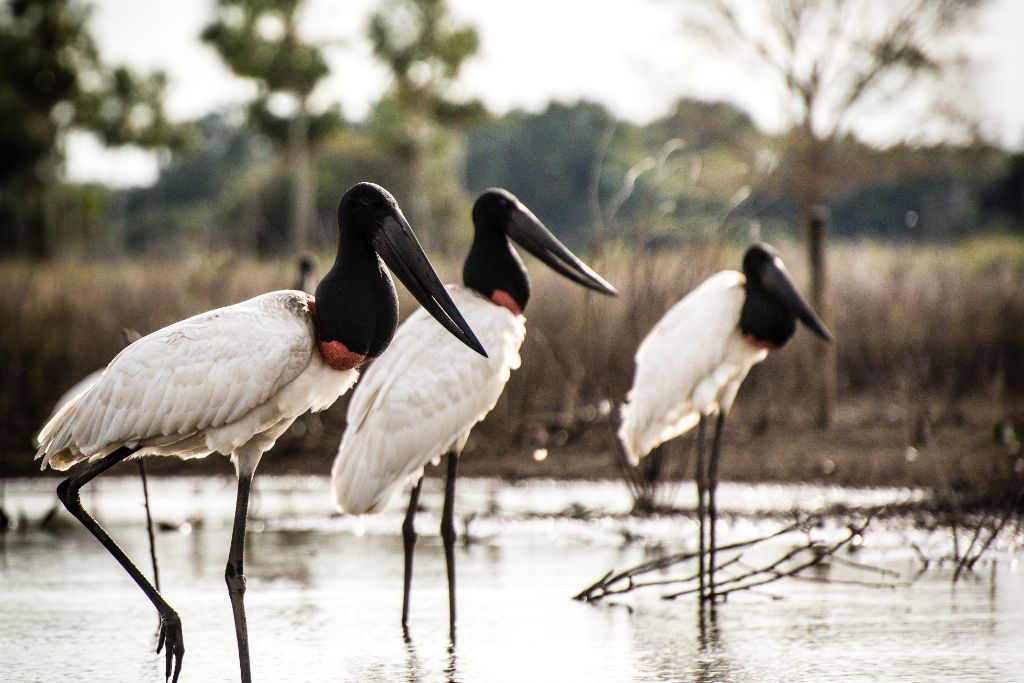
The jabiru, a stork native to the Americas, stands tall with an imposing stature and a prolonged bill. These swamp birds utilize their long accounts to catch fish, amphibians, and small mammals.
The bill’s design is a marvel of evolution, allowing the jabiru to navigate its watery environment precisely. Witnessing the jabiru in action is a glimpse into the bird’s mastery of using its beak as a versatile tool for survival.
Crow
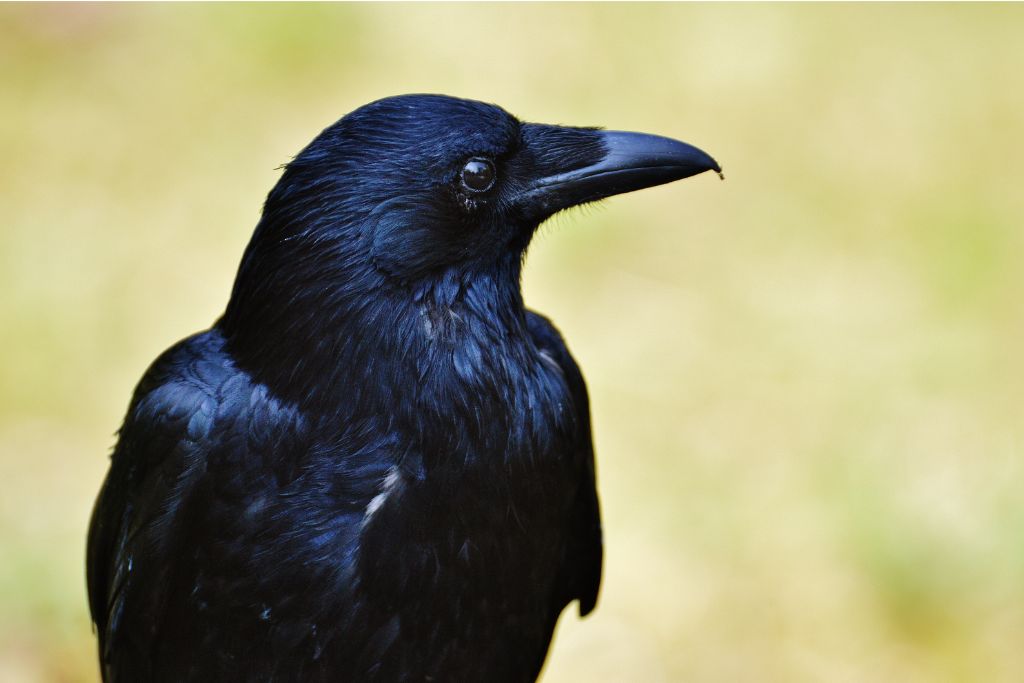
Crows, known for their intelligence and adaptability, have a widespread global distribution, inhabiting various environments. With sleek black feathers and a strong, sturdy beak, crows showcase a versatile diet that includes fruits, insects, and small animals. Their beaks, capable of piercing and tearing, make them resourceful scavengers.
These beak-centric foragers are known for employing tools, demonstrating their cognitive ability. This crow’s beak is used for feeding and complicated problem-solving, demonstrating its versatility.
Bee-Eater
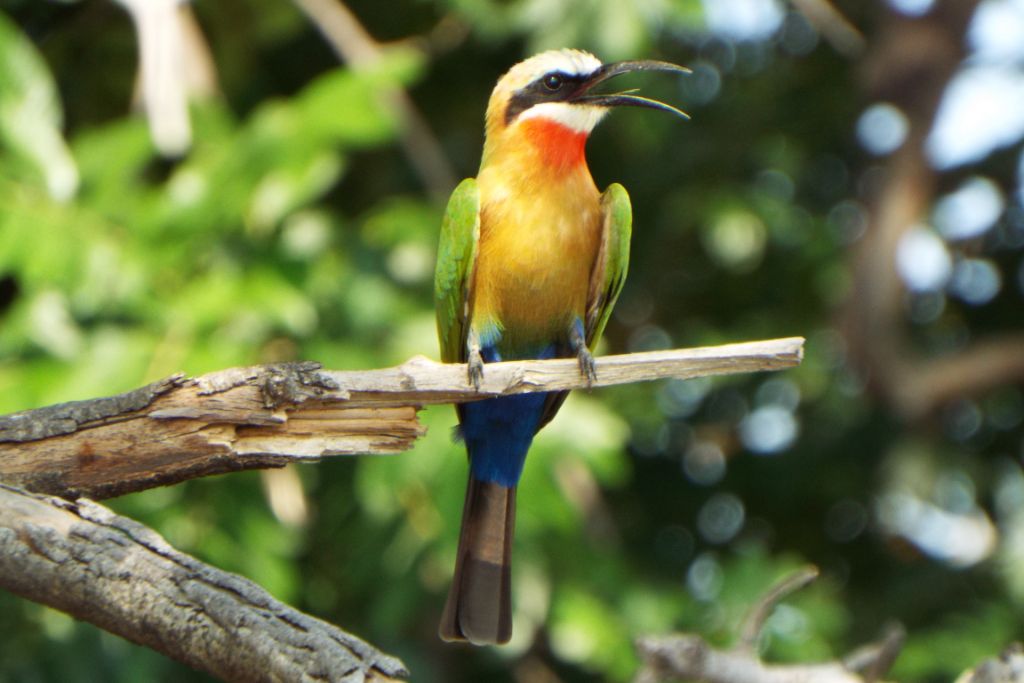
With their vibrant plumage and slender bodies, bee-eaters inhabit various African and Asian regions and Europe. Bee-eaters, with their long, downturned bills, live off flying insects like bees and wasps.
The distinctive shape of their beaks allows for precise and swift aerial maneuvers, highlighting the bird’s mastery in capturing elusive prey. They are often observed in groups, engaging in stunning aerial displays as they catch insects on the wing.
Avocet
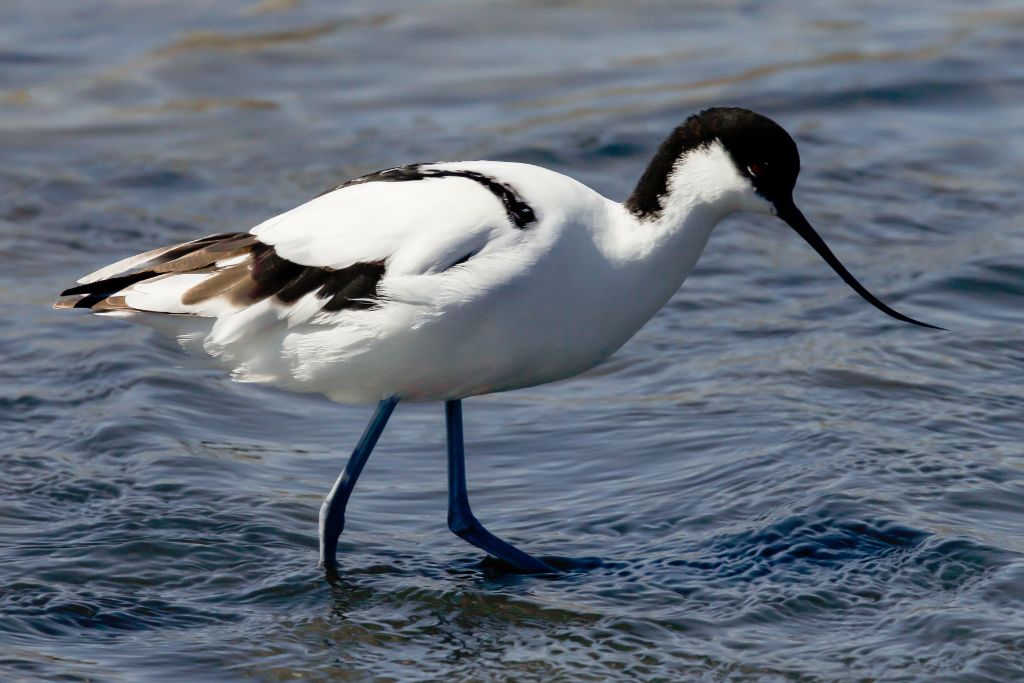
The avocet, with its distinctive upturned bill, is a captivating presence in marshes and wetlands. This unique bill structure is an ingenious adaptation of avocet’s feeding strategy. With graceful sweeps through the water, the avocet uses its slender, upturned bill to skim the surface and capture small aquatic invertebrates.
The shape of its beak not only helps it find food more quickly but also shows how the bird’s body and its unique habitat are linked.
Stork
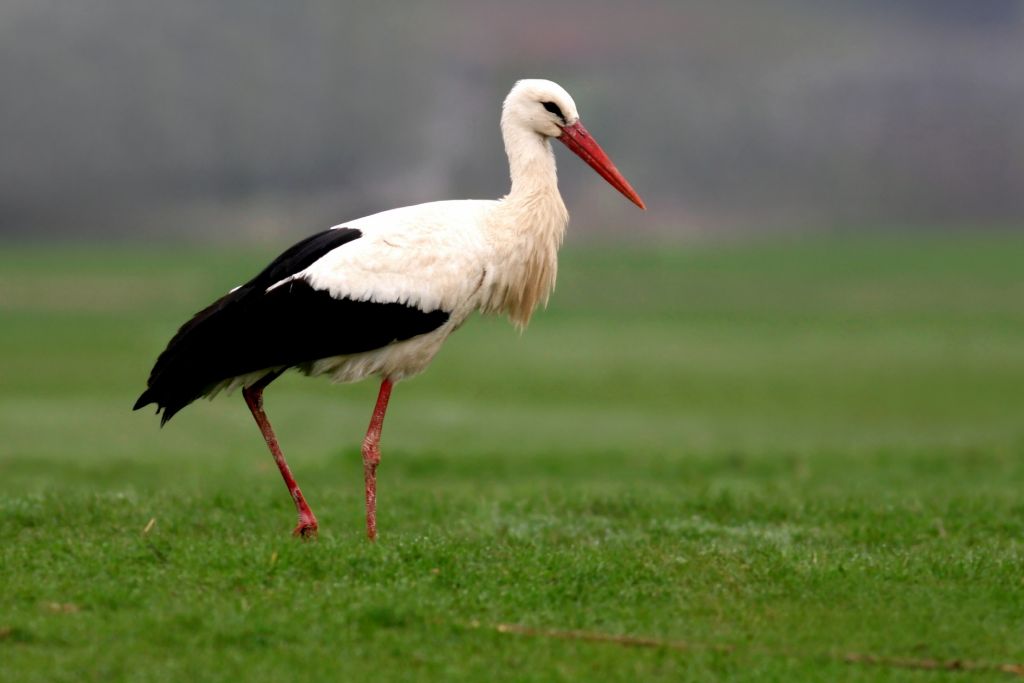
Storks’ strong, long bills help them find food. Storks live in many different places around the world, and they eat fish, frogs, and small mammals with their long, thick bills.
The bird’s careful moves, made easier by its strong beak, show how well it can catch its prey. Because of its unique shape, the stork’s bill is an important tool for living in a wide range of environments.
Wimbrel
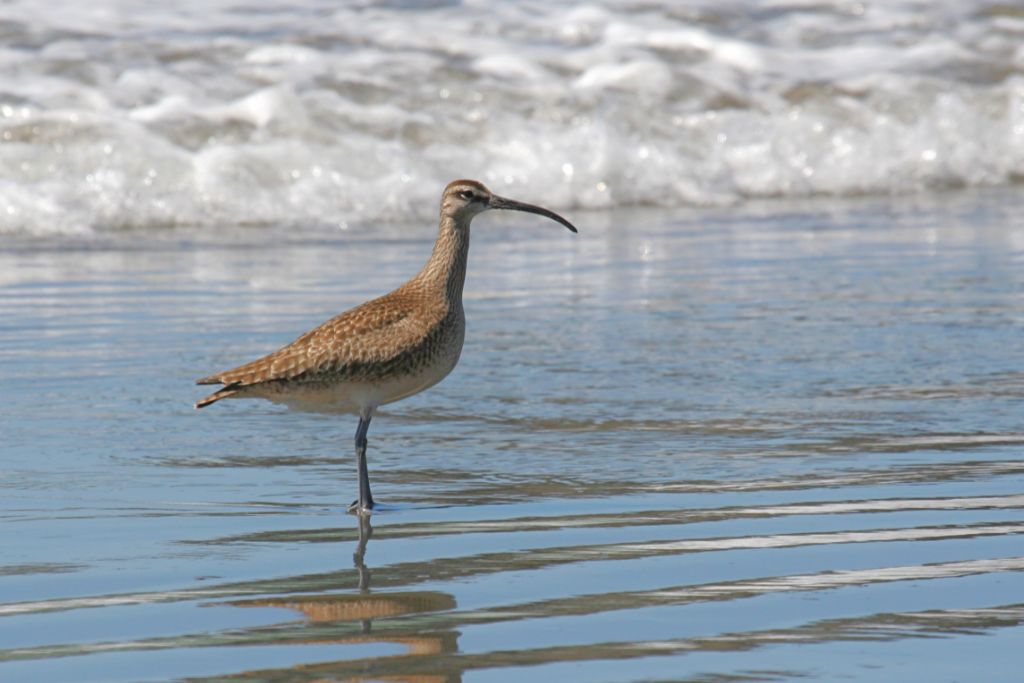
The wimbrel, a migratory shorebird, presents a captivating sight with its moderately long, curved bill. Found in coastal areas worldwide, the wimbrel’s bill is adapted for probing the sand in search of crustaceans and insects.
As these birds migrate, their beaks efficiently take food from their surroundings to fuel them. In shifting coastal habitats, the wimbrel’s reliance on its unique bill shows its resilience and resourcefulness.
Hoopoe
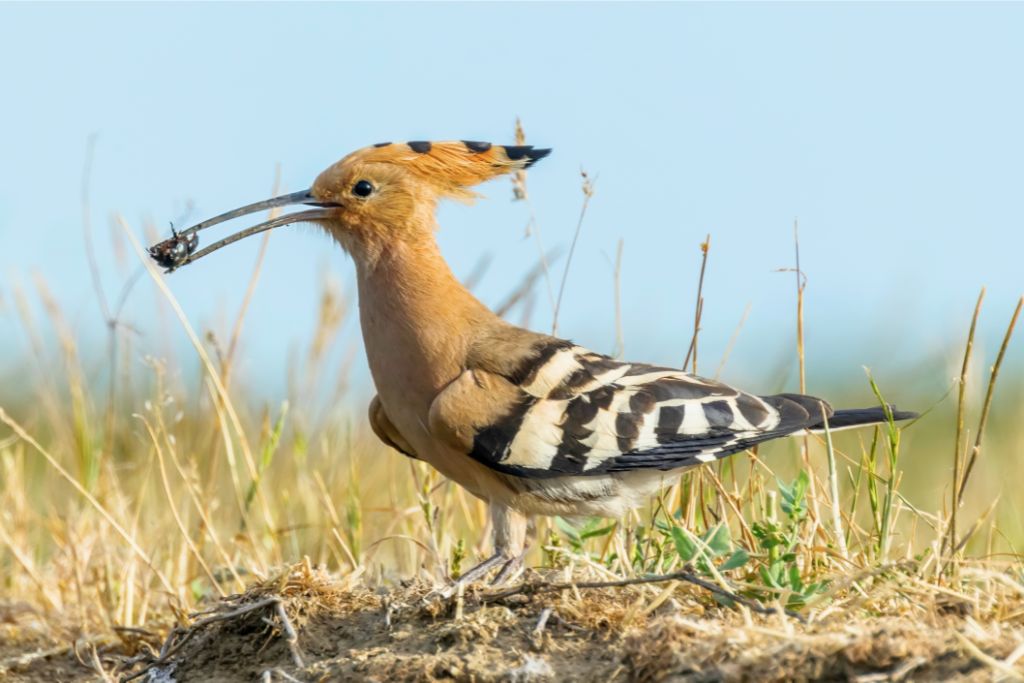
The hoopoe is found in parts of Europe, Asia, and Africa. It has a unique head of feathers and an earthy color. Their beaks are long and thin, with a slightly bent tip. When hoopoes want to find food, they use their beaks to probe the ground for bugs.
Its beaks are designed in a way that helps them get insects out of the ground and cracks, which shows how well they can forage. When they are not feeding, hoopoes are known for their fancy mating shows, which include beautiful feathers and rhythmic movements.
This dual functionality of their beaks showcases their integral role in survival and attraction. Mates.
Albatross
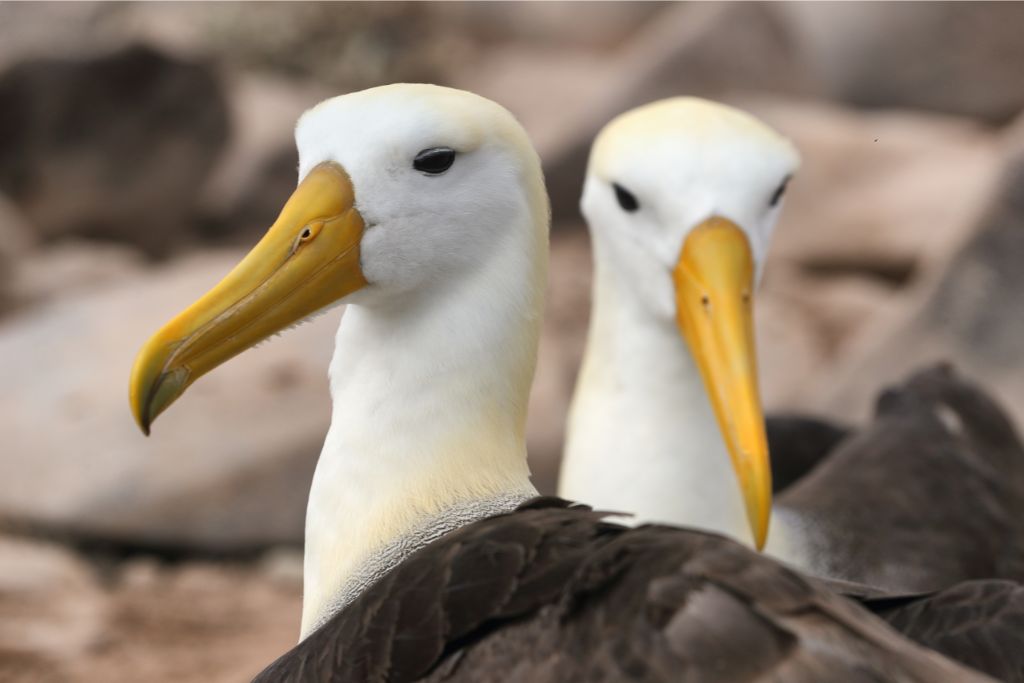
With its impressive wingspan and striking appearance, the albatross is a seabird that roams the open oceans. Found in both the Southern and Northern Hemispheres, albatrosses are renowned for their long, slender beaks.
These beaks are designed for efficiently catching squid and fish while gliding over the ocean surface. Albatrosses are known for their incredible long-distance flights, covering thousands of miles. They showcased the endurance facilitated by their streamlined bodies and specialized beaks.
Toucanet
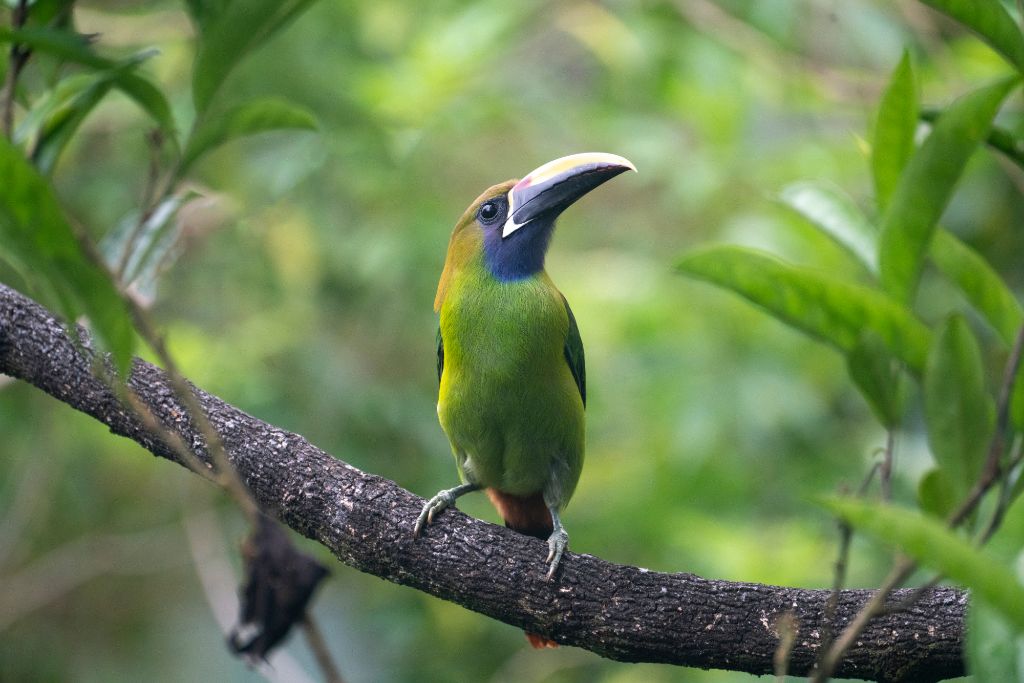
This bird lives in the forests of Central and South America. Its bright feathers and big bills make it look beautiful. These bills are helpful for getting food high up in trees, but they also serve a social purpose.
Toucanets use their bills for social shows and interactions, which is a unique habit that adds a playful element to their busy life.
In addition to being used for food, the bills are also used for conversation, showing how closely form and function are connected. The birds’ lively personalities and good looks show that being able to change and get along with others are both important to birds.
Swan

Swans are seen in lakes and rivers all over the world. Their long necks and royal appearance make them very popular. They have beaks that are perfectly shaped for eating aquatic plants and cleaning out small invertebrates. The flowing way of life of the swan is reflected in its beautiful beak.
These birds form monogamous pairs and perform synchronized courtship shows, making them even more attractive. They are beautiful, loyal, and only mate with one partner. Their graceful courtship routine adds romance to the places they live.
Sandpiper
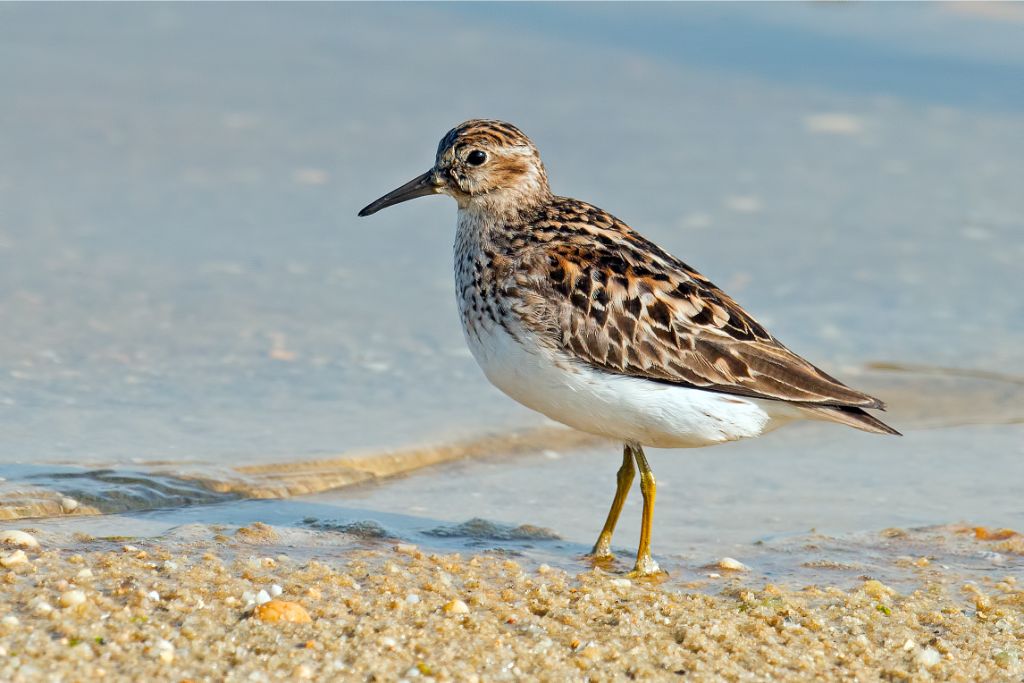
Sandpipers are small shorebirds with thin bodies that live along the world’s coastlines. Their long, straight beaks are specially designed to dig very precisely into mud and sand to get creatures out.
Its quick and accurate poking movements with their beaks while they eat show how well they can get food from the coast. The sensitive shape of these birds’ beaks and the way they eat show how they have naturally adapted to living near the beach.
Jacana
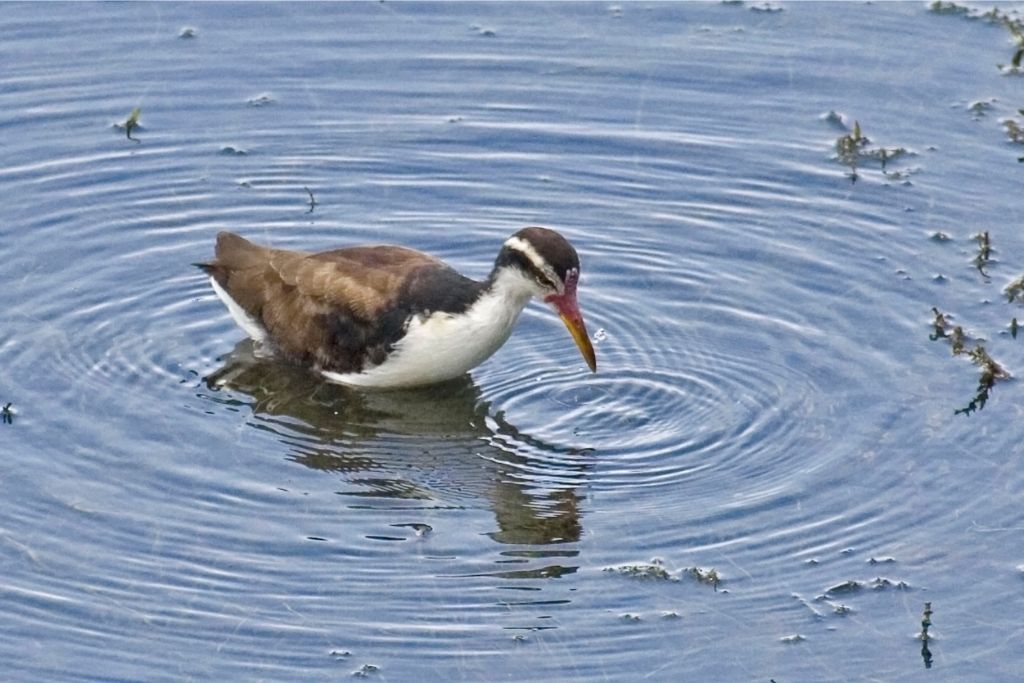
With its vibrant plumage and oversized toes, the jacana is a tropical marvel often found near freshwater. Sporting a straight, slender bill, jacanas are skilled at foraging for insects and small invertebrates. Their preferred habitats include shallow waters with floating vegetation. The beak’s design allows them to pluck prey from aquatic plants deftly.
This bird shows how the jacana’s anatomy and watery environment work together. The jacana’s exquisite movement over lily pads enhances its adaptation
Great Frigate Bird
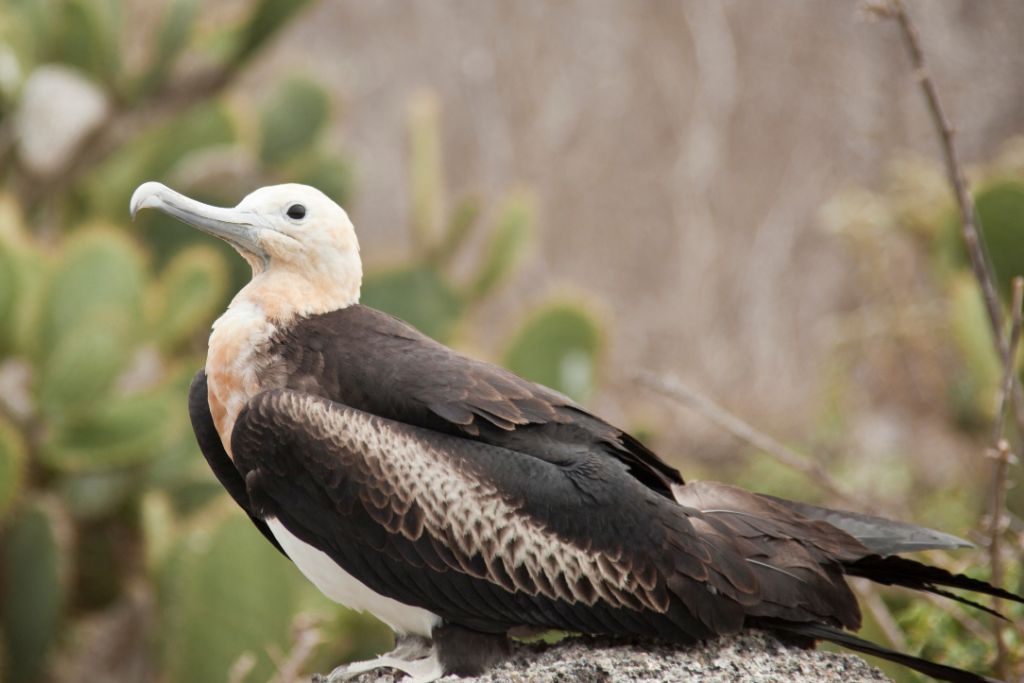
The great frigate bird is a master of the open skies, distinguished by its sleek black plumage and impressive wingspan. These birds live in tropical and subtropical oceans and use their long, hooked beaks to grab food from the ocean’s surface.
With their unique beak, they can effortlessly pull fish from the sea in mid-flight. They are remarkably adapted to life at sea.
Conservation and Protection
Global warming and habitat degradation threaten long-beaked birds. These lovely birds are losing their homes to humans, making eating, nesting, and survival harder. Food sources and ecosystems alter with climate change, affecting long-beaked birds’ survival.
Conservation is essential for these amazing birds. People can help by supporting habitat preservation, climate action, and education.
Supporting local conservation programs, bird-friendly activities, and natural environment awareness can assist. Joining BirdLife International or the National Audubon Society helps long-beaked birds. Shared responsibility and effort can save these lovely birds and future generations.
Final Thoughts
Always remember the importance of appreciation and support. Birds add beauty to the world, and knowing their struggles helps us connect with nature.
Admire their beaks and wings and appreciate each species’ exquisite designs. Supporting conservation activities, big or small, helps keep beautiful birds flying and delighting us. Remember to spread compassion and ensure every bird, with its unique beak, gets a secure and thriving home in nature.
FAQs
What Bird has a Long Beak and Long Feet?
The flamingo is a bird with a long beak and legs, known for its distinctive pink plumage.
Which Big Bird has a Long, Sharp Beak?
A bird with a big beak is the heron, with long, sharp beaks, well-suited for catching fish in aquatic environments.
What Kind of Bird has a Big Beak and Mouth?
The bird with the largest beak is the pelican, designed for catching and holding fish.
What Kind of Bird has a Beak That is Long and Thin Like a Needle?
Like a needle, the hummingbird has a beak that is long and thin, adapted for sipping nectar from flowers.
What is the Smallest Bird with a Long, Pointed Beak?
The sword-billed hummingbird is one of the smallest birds with a long, slender beak.

